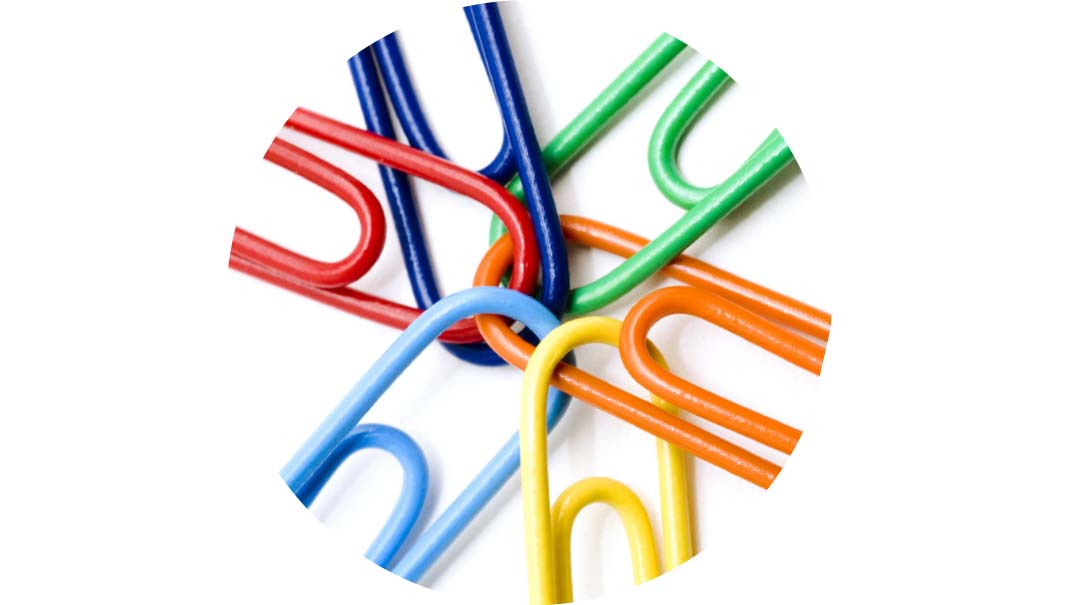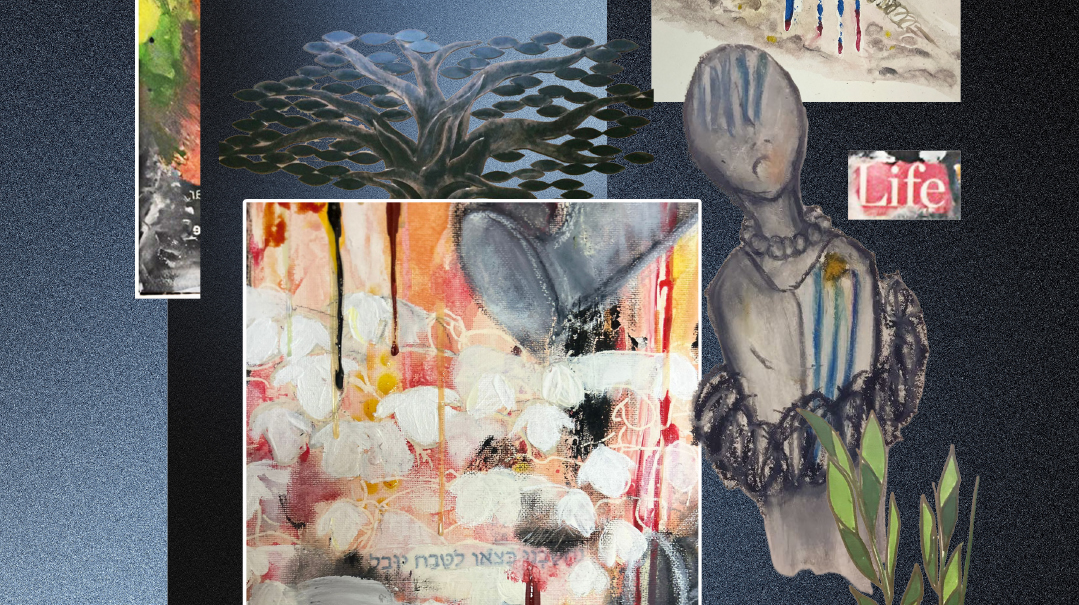On Your Mark with Aliza Bulow

Aliza Bulow reimagines the traditional kiruv model by working from the inside out

I have lots of interesting stories, but the real starting point is when I came to Torah on my own, as a teenager. While some approach Torah reluctantly, prompted by a sense of guilt and transgenerational baggage (your grandparents died in Auschwitz, how could you remain indifferent…), I was attracted by its deep meaning and sense of purpose.
The best way for me to channel my passion for Torah was through kiruv, which I practiced for over 30 years. First, I taught one-on-one, then hosted small events. At some point I began doing kiruv professionally, working for Partners in Torah and then becoming the Senior Educator for Denver’s Jewish Experience.
Every year, I traveled to AJOP (Association for Jewish Outreach Programs) conventions, which was critical to my personal growth as well. You know those camp friends with whom you just pick up wherever you left off? That’s what I felt like, walking into the convention center and seeing the women I remembered from the year before. And then there were the mentors — Rebbetzin Feige Twerski, Miriam Lowenbraun a”h, and others — who were like the camp counselors and who consistently inspired me.
It was a series of informal conversations at AJOP that led me to the next stop on my journey. I learned about the dozens of kiruv couples stationed throughout North America by Ner Le’Elef, the premier kiruv training program. Chaya Levine, Director of the Women’s Division, offered the wives much-needed support, guidance, and community in their far-flung outposts. As the program grew, she needed help.
Eventually she hired me as the director for Ner Le’Elef’s North American women’s program, responsible for the personal and professional development of the dozens of couples spread out throughout the US, Canada, and Mexico.
Initially, I traveled four to six times a year, but as my kids got older, I traveled more frequently. Now that I’m an empty nester, I might visit a community once or even twice a month, sometimes for a few days or over Yom Tov.
I did kiruv all day, but another question gnawed at me: What are we bringing people closer to? A Torah community should be an example that’s so warm and inspiring that people want to be part of it. It should be a place where people feel so safe and true, they would never want to leave, even if they have doubts. Can we create a reality where the light of Torah shines through, and kiruv isn’t necessary?
Oops! We could not locate your form.







